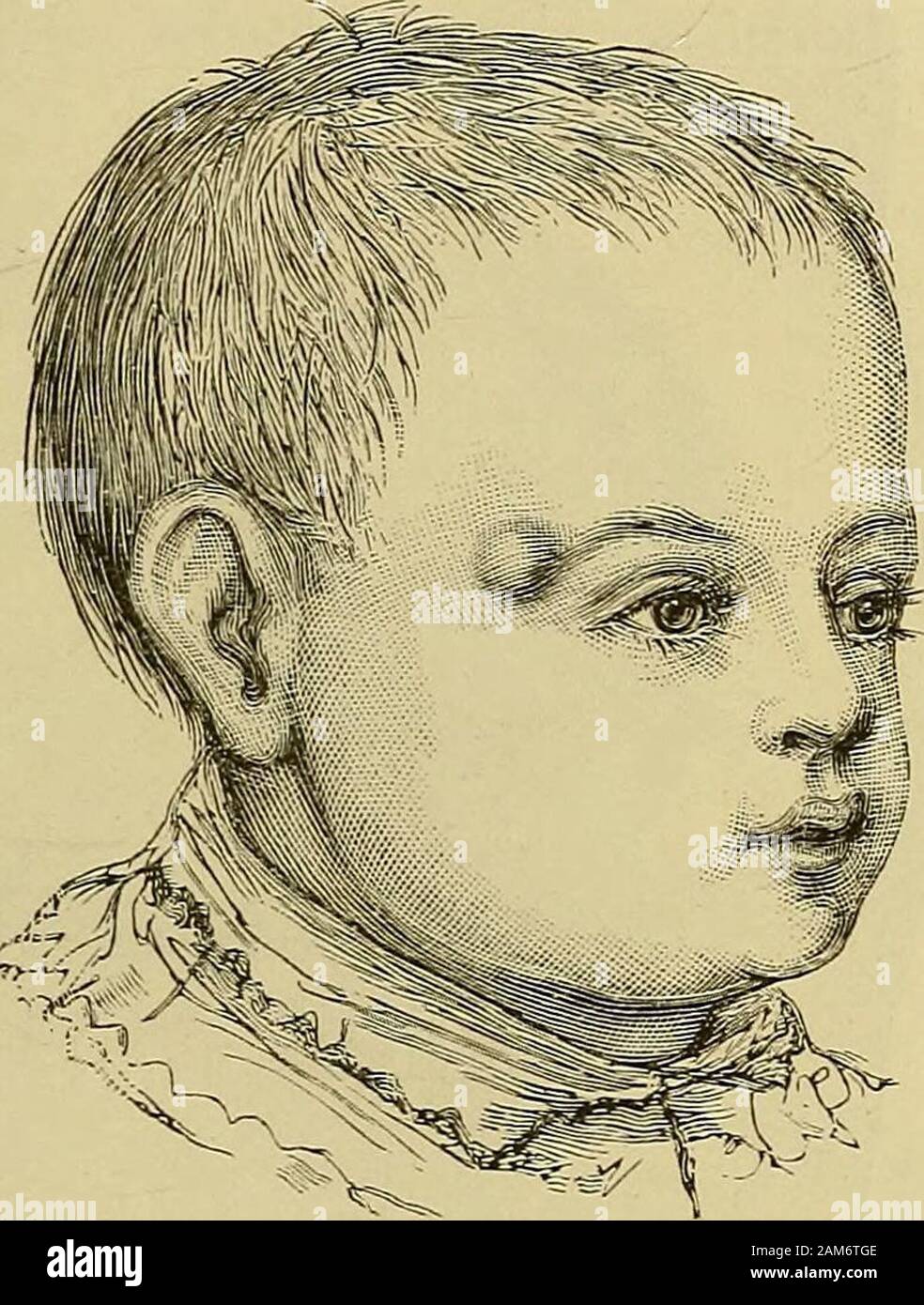A system of surgery . ished with skin or mucousmembrane occurring in situa-tions where these structures Figare not found under normalconditions. They only possess tissues and structures which naturally belong to skin or mucousmembrane. Dermoids may be arranged in four genera : 1, Seques-tration dermoids; 2, tubulo-dermoids; 3, ovarian dermoids; 4,dermoid patches. 1. Sequestration dermoids.—The species of this genus arisein detached or sequestrated portions of surface epithelium, chieflyin places where, during embryonic life, coalescence takes placebetween skin-covered surfaces. The chief lines

Image details
Contributor:
The Reading Room / Alamy Stock PhotoImage ID:
2AM6TGEFile size:
7.1 MB (438.9 KB Compressed download)Releases:
Model - no | Property - noDo I need a release?Dimensions:
1375 x 1816 px | 23.3 x 30.8 cm | 9.2 x 12.1 inches | 150dpiMore information:
This image is a public domain image, which means either that copyright has expired in the image or the copyright holder has waived their copyright. Alamy charges you a fee for access to the high resolution copy of the image.
This image could have imperfections as it’s either historical or reportage.
A system of surgery . ished with skin or mucousmembrane occurring in situa-tions where these structures Figare not found under normalconditions. They only possess tissues and structures which naturally belong to skin or mucousmembrane. Dermoids may be arranged in four genera : 1, Seques-tration dermoids; 2, tubulo-dermoids; 3, ovarian dermoids; 4, dermoid patches. 1. Sequestration dermoids.—The species of this genus arisein detached or sequestrated portions of surface epithelium, chieflyin places where, during embryonic life, coalescence takes placebetween skin-covered surfaces. The chief lines of coalescence in the trunk aie situated in themid-dorsal and mid-ventral regions, and extend from the externaloccipital protuberance backwards along the spine through the peri-neum (and scrotum in the male) forwards to the episternal notch.Dermoids occur in any part of this extensive line. In the face dermoids occur in connection with all the facialfissures, including the nasopalatine. These temporary fissures are. 128.—Dermoid at the Outer Angle of theOrbit. TUMOURb. liable to three defects directly associated with dermoids. Theymay fail to close; then such faults as hare-lip, cleft-palate, macro-stoma, cleft-sternum, and spina bifida are the consequences, accordingto the seat of failure. The clefts may close imperfectly and leavecomplete or incomplete fistulae, which receive such names as post-anal or coccygeal dimples, sternal dimples, mandibular fistulse, and the like. A fissure mayto superficial appear-ances close perfectly, but a tract of epithe-lium lies buried be-tween the opposed andcoalescing surfaces;this buried skin orepithelium may growand form a dermoid. Sequestration der-moids usually assumea cystic form; that is, the skin forms the wallof a central cavity, which gradually en-larges as the individualgrows, and becomesoccupied and distendedby the shed epithelium, hair, and products ofthe glands occupyingthe skin lining the cyst.Hair, sebaceous andsweat glands ar